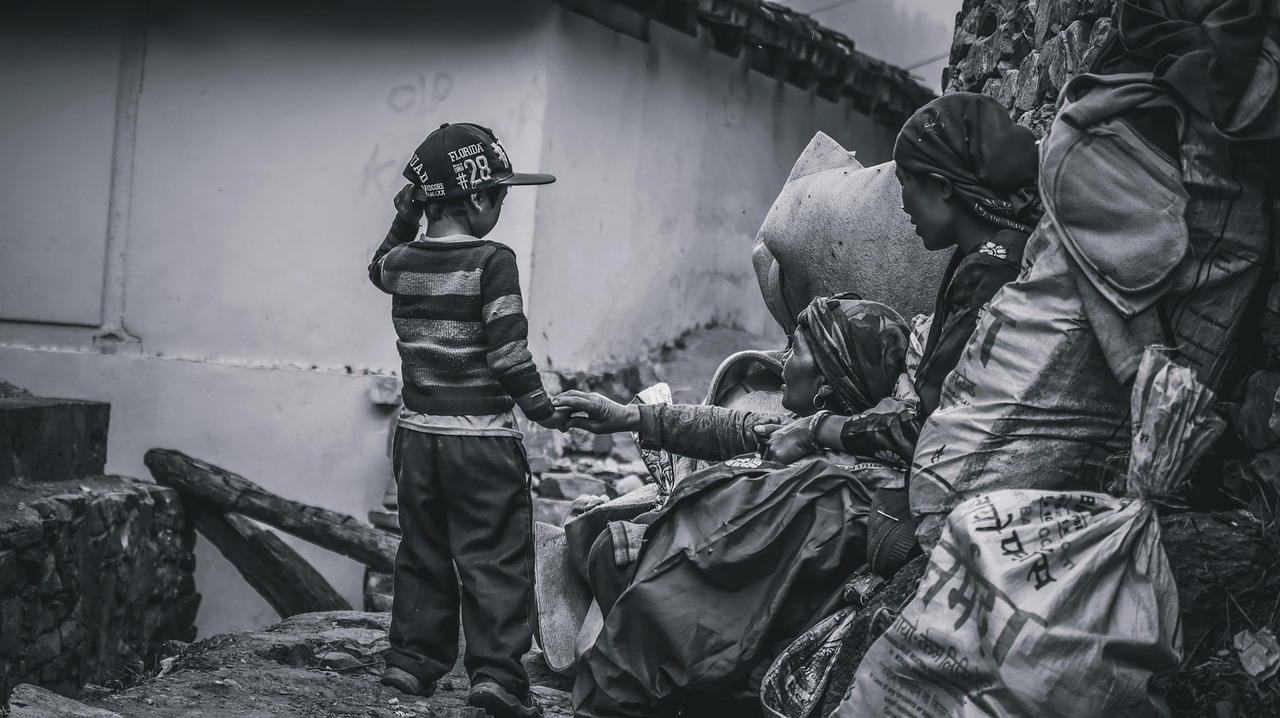Context and Problem
Disadvantaged students, particularly those from Indigenous and marginalized communities, face significant barriers in accessing quality education in Australia. High absenteeism, academic underachievement, and a lack of culturally inclusive school environments are common challenges. Nearly one in four students from Indigenous backgrounds struggles with regular school attendance, and many face social and emotional difficulties stemming from trauma and systemic inequality.
Solution
The Side by Side Program, implemented by Berry Street and VACCA, offers a holistic approach to addressing these challenges through individualized student support, family engagement, and school-wide transformation. The program identifies approximately 300 students across three geographic clusters over five years, targeting those with high absenteeism or academic struggles. These students receive tailored interventions such as one-on-one mentoring, emotional support, and skill-building activities to improve their attendance, academic performance, and overall well-being.
Family engagement is a cornerstone of the program. Dedicated workers collaborate with parents to address barriers to attendance and learning through culturally sensitive workshops and home visits. These efforts equip families with tools to foster supportive learning environments, resulting in a 15–20% increase in parental involvement in school-related activities. This strengthened partnership between families and schools ensures a more cohesive support system for students.
The program also invests in transforming schools by providing professional development for teachers in trauma-informed and culturally responsive practices. This training enables educators to adopt strength-based approaches, foster inclusivity, and address unconscious biases. Participating schools report a 25% increase in teacher confidence in managing culturally diverse classrooms, creating a more supportive and effective educational environment for all students.
Impact
Students participating in the program have shown marked improvements in attendance, with absenteeism rates declining by 20–30% in some cases. Academic performance has also improved, with schools reporting higher engagement and achievement levels among targeted students. The program's impact extends to families, with increased parental involvement fostering stronger home-school connections and creating supportive environments for learning.
Schools involved in the program have experienced significant cultural shifts, with teachers feeling more confident and equipped to handle diverse classrooms. The adoption of trauma-informed and culturally responsive practices has led to more inclusive school environments, benefiting not just the targeted students but the broader school community. These outcomes highlight the program's success in addressing systemic barriers to education and improving long-term prospects for disadvantaged students.












